Search
Search Results
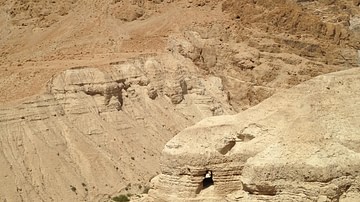
Image
Qumram Caves
Qumran was mainly occupied during the Greco-Roman period (c. 150 BCE-68 CE) by a community generally identified as the Essenes, a religious sect, which lived in isolation in this region west of the Dead Sea. The cave and a series of scrolls...
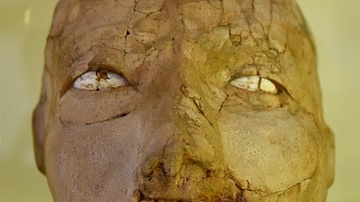
Image
Plastered Skull from Jericho
This human skull and its face were modeled in plaster. The eye sockets were inlaid with bivalve shells, divided into two halves. Many human bodies were found headless in tombs in Jericho area from the Neolithic period; these skulls were removed...
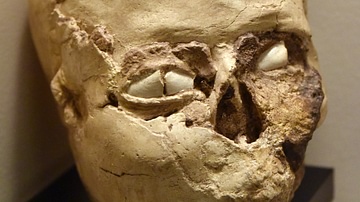
Image
Plastered Skull from Jericho
People invented plaster during the Neolithic period by burning limestone. This new material was used in daily life and for cultic practices. A new tradition also appeared then, that of plastering skulls of the deceased, which were removed...

Image
Aqueduct of Jezzar Pasha
A portion of an Ottoman-Period Palestinian aqueduct constructed during the reign of Jezzar Pasha, Ottoman ruler of Acre (1775–1804 CE). The aqueduct runs from Tel Kabri to Acre in Northern Israel and functioned all the way up to 1948 CE...
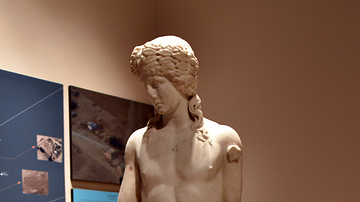
Image
Marble Statue of Apollo from Samaria
Apollo was the god of music, light, truth, and healing in Graeco-Roman mythology, but this statue was found in a temple dedicated to "Kore", the goddess of the underworld and vegetation. The back of the statue was not polished, suggesting...
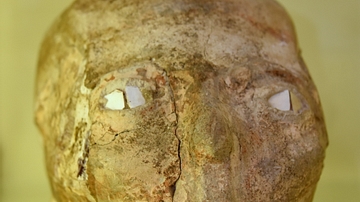
Image
Plaster Model of Human Head
This human head and its face were modeled in plaster and the mouth area was filled in completely. The eye sockets were inlaid with bivalve shells, divided into two halves. Many human bodies were found headless in tombs in Jericho area from...
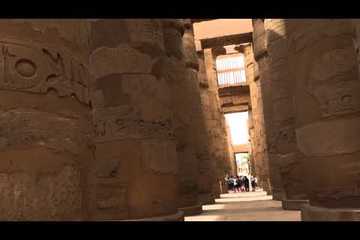
Video
Hypostyle Hall
The Hypostyle Hall at Luxor's Temple of Amun, which dates from about 1300 BC, is one of my favorite wonders of the ancient world. Here's why. Subscribe to http://www.youtube.com/user/RickSteves for regular updates as I travel through Egypt...

Article
The Crusades: Consequences & Effects
The crusades of the 11th to 15th century CE have become one of the defining events of the Middle Ages in both Europe and the Middle East. The campaigns brought significant consequences wherever they occurred but also pushed changes within...
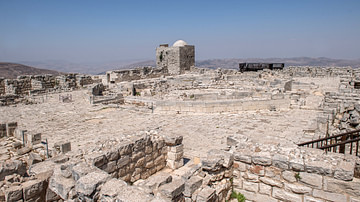
Definition
Samaritans
The Samaritans are a religious sect of ethnic Jews living near Mount Gerizim, Nablus, Hebron, and the West Bank in Israel. This community differs from mainstream Judaism by claiming that followers only accept the five books of Moses (Torah...
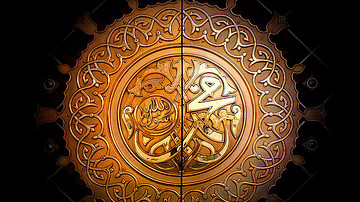
Definition
Islam
Islam is an Abrahamic-monotheistic religion based upon the teachings of Prophet Muhammad ibn Abdullah (l. 570-632 CE, after whose name Muslims traditionally add “peace be upon him” or, in writing, PBUH). Alongside Christianity and Judaism...